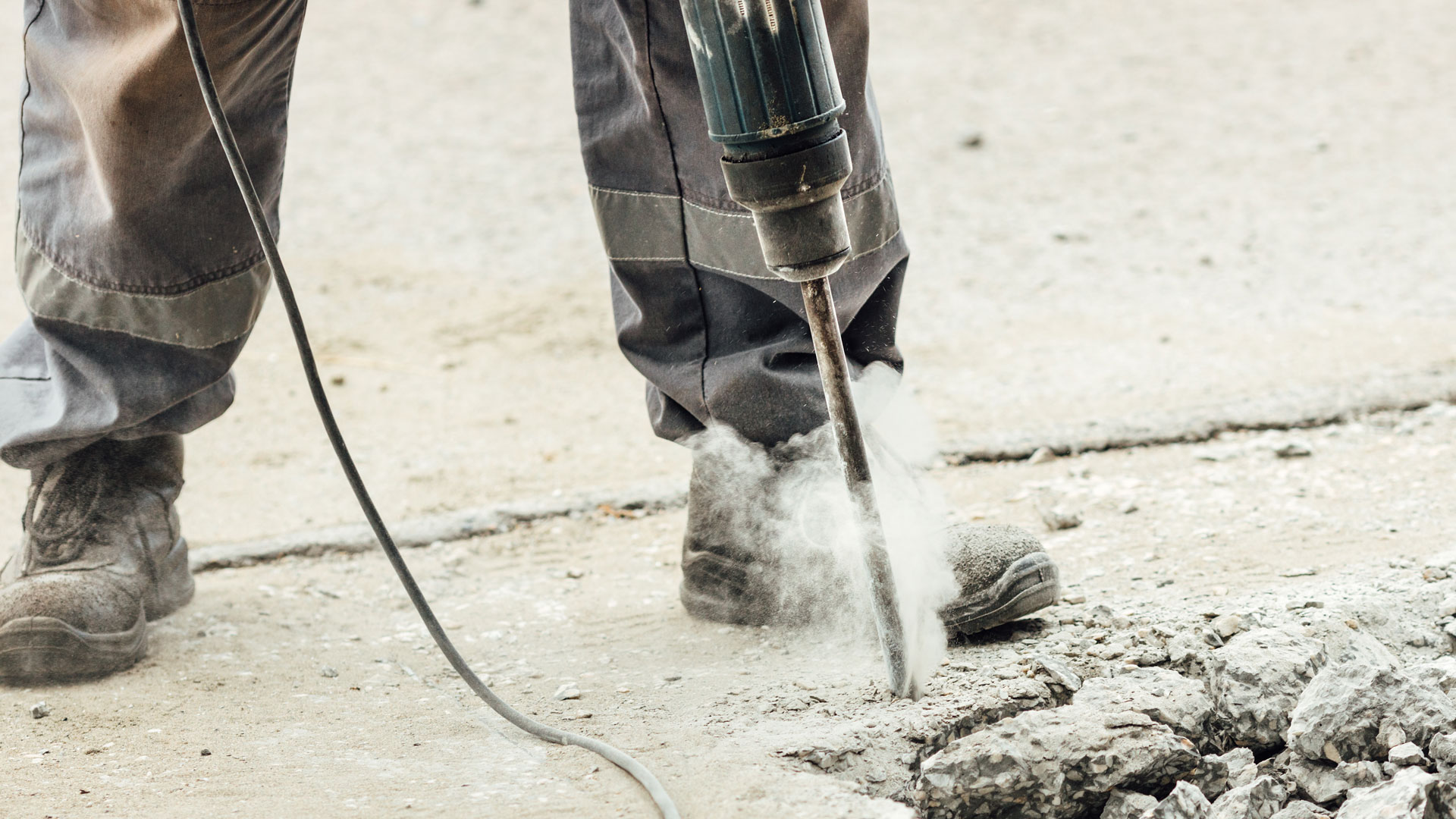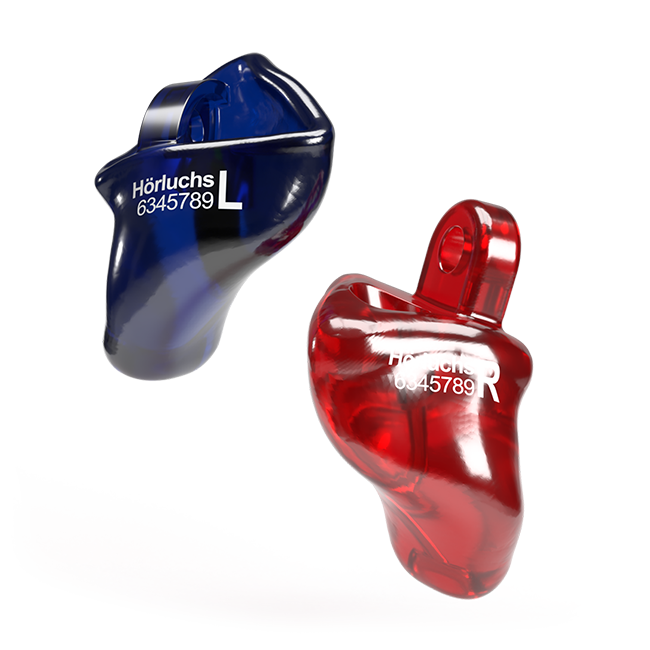Noise
from disruptive to dangerous
Noise exposure affects well-being, negatively influences performance and even makes you ill. In the worst case, permanent noise exposure can lead to permanent hearing loss. But what exactly makes noise into dangerous noise?

What is “noise”?
In general, it can be said: the stronger sounds are, the more people perceive them as unpleasant. The most important evaluation standard for the assessment of noise is therefore the sound pressure level. It is measured in decibels (dB). Especially at low sound pressure levels, however, it is the type of sound and the individual perception that determine whether something is perceived as noise.
Unpleasant disturbances show themselves in measurable, physical stress reactions. Even noises of 25 dB can lead to concentration or sleep disturbances if they are perceived as annoying.
Types of noise
To determine the effects of noise, it is also important to know how long a person is exposed to noise and how high the sound pressure is. A distinction is made between continuous noise – for example from machines such as pumps or fans – and so-called intermittent noise – such as an aircraft take-off or the ringing of the alarm clock. Very short sounds such as gunshots or explosions are called impulse noise.
Noise as a permanent stress
Based on the results of various scientific studies, it is a concern that continuous exposure above about 65 dB(A) a day can lead to an increased health risk. Evidence has been found of changes in metabolism and hormone balance, changes in brain wave activity, but also poor sleep and other stress symptoms. In the long term, this can lead to high blood pressure and heart attacks.
Damage caused by noise
Above a level of 85 dB, the hearing is damaged beyond the general health effect. In the case of short noise effects, such as hammer blows, firecrackers or listening to very loud music for a short time, there is only a temporary shift in the hearing threshold. The ear recovers from this after a period of rest.
However, if a person is exposed to noise above 85 dB over a longer period of time, hearing loss is likely to develop. Long-term exposure to machine noise, very loud music or bangs above 120 dB(A) permanently damages the very fine hairs (cilia) of the hair cells in the inner ear and causes a shift in the hearing threshold, which manifests itself as hearing loss. Occupational hearing loss is currently the number one occupational disease in Germany.

Noise
How loud – how harmful?
It is common knowledge that constant noise makes people ill and that high volume levels permanently damage hearing. But how quickly does noise become a health risk?
Source: Fördergemeinschaft Gutes Hören
Custom hearing protection
Flexible solutions for every situation
With the right hearing protection from Hörluchs® and the appropriate filter, harmful or irritating noise is isolated. Important alarm signals remain audible, speech perception is preserved.
When choosing the right customised hearing protection, factors such as wearing time, material, fit (beard/glasses wearers), handling, and of course the area of application are important in addition to insulation.
Find your perfect hearing protection from Hörluchs® now.
